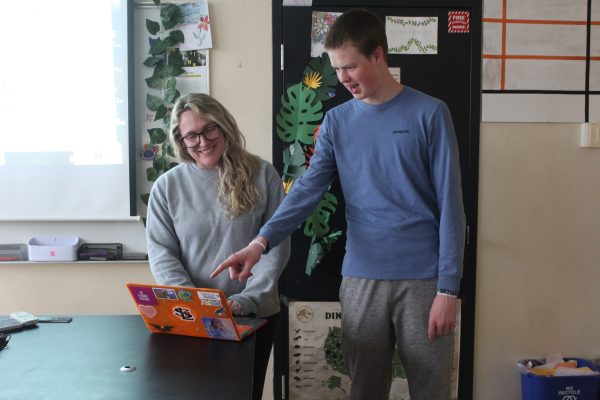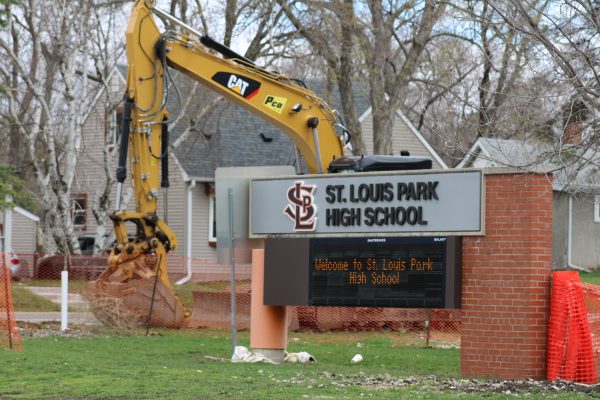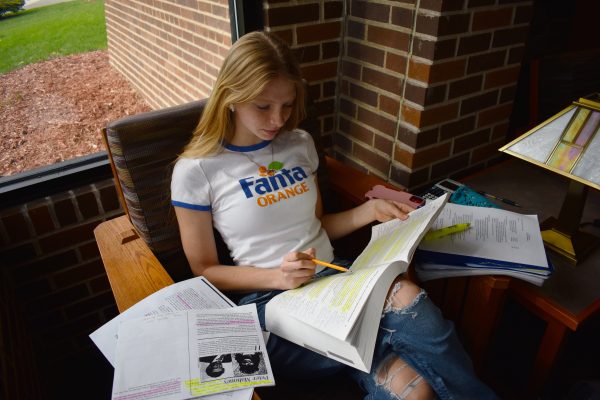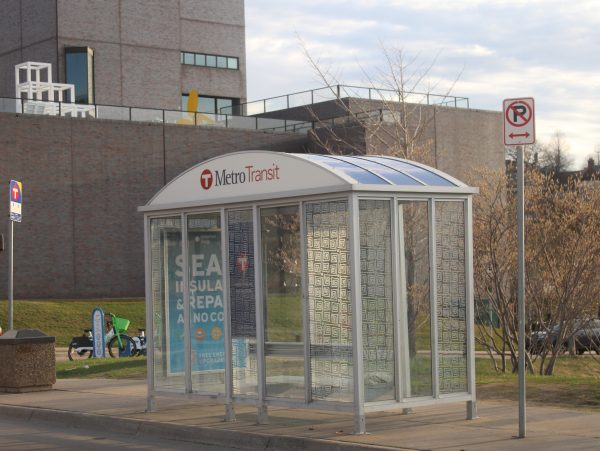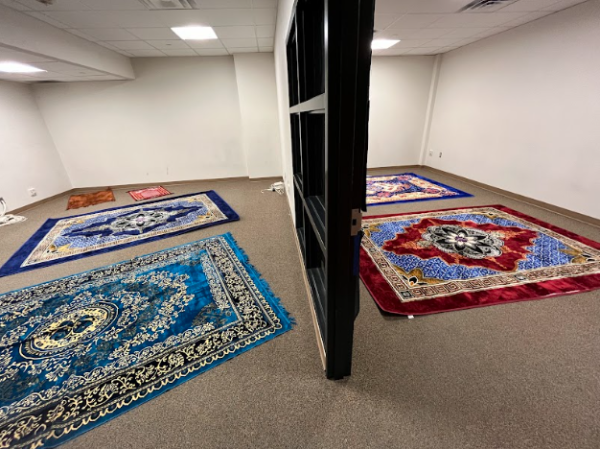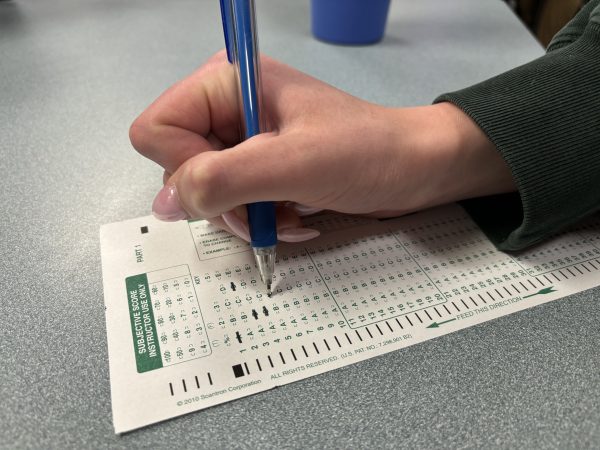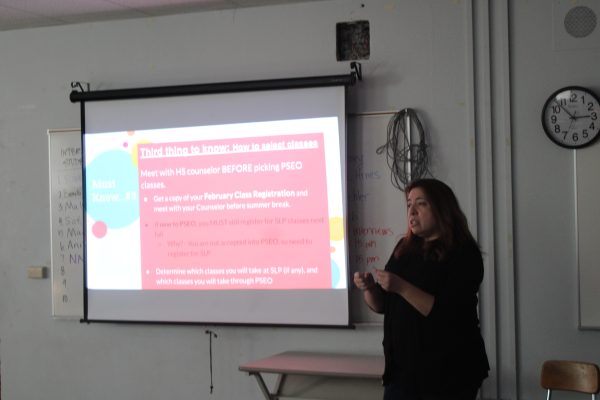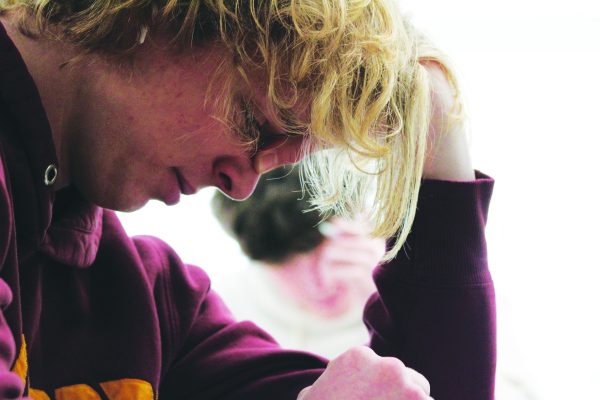Unlocking the key to communication
March 20, 2013
Academic social media communities can exclude standard-level students
Sophomore Shivbir Singh said he feels like he is missing out on valuable communication. Singh is enrolled in standard-level courses, and like most students in his classes, he does not belong to an academic social media group.
“We’re in the regular block and probably need more help than (higher-level students) do, yet we don’t even have an online group to help each other out,” he said.
“The Rich Club Phenomenon” study was published in January by Scientific Reports, an online research database, and analyzed the online interactions of 290 college students. The study found students who interact with each other using social media are more likely to do well in school. These students often form exclusive groups of high achievers and share important academic information with each other. According to the study, failure to be in a “rich club” decreases achievement in the classroom and has a marked correlation with dropout rates.
Manuel Cebrian, a co-author of the study and a senior scientist with the organization National Information and Communications Technology Australia, said this research is the first of its kind to be published.
“For the first time, we showed a strong correspondence between social interaction and exchange of information,” he said. “But equally interesting is the fact that these high-performing students form ‘rich clubs,’ shielding themselves from low-performing students.”
According to Cebrian, this exclusive group of high-achieving students may seem harmful to the learning environment, as it excludes low-performing students and disadvantages them. However, senior Sophia Temkin said she does not believe the “rich club” is a problem.
“I don’t think a ‘rich club’ is necessarily a bad thing because having a group of high-achievers motivates others,” she said. “But it can be harmful if a small group of students dominates the entire class.”
Cebrian agreed with Temkin, and said the club can be useful if it is expanded.
“The ‘rich club’ is beneficial for the environment, we just have to make it more inclusive,” Cebrian said.
Along with selectivity, another important component of the “Rich Club Phenomenon” is the role online communication plays in the elite group.
According to the study, there is a 72 percent correlation between social interaction and exchange of information, meaning the more students interact online, the more information they receive from their peers.
Senior Ingrid Curtis said she believes academic social media is already in use at Park, especially for students in advanced classes. Curtis said interacting with peers online is important.
“Social media provides a larger community for kids to interact with,” she said.
Some teachers have taken note of the online communication phenomenon. Math teacher Erik Ahlquist said he uses social media sites to connect with students.
“I originally started using a Facebook group to post notes and force students to study outside of class,” he said.
Ahlquist said he also uses sites like Moodle and Google Calendar to communicate with students about his class.
Sites like these could become even more widespread in the future for Park. The “Bring Your Own Technology” (BYOT) policy could increase social media use at school. Cebrian said he thinks the expansion of technology in schools could change the way learning happens.
“Technology could be used for the better by making social network interventions in the classroom,” Cebrian said. “For example, rewarding the top students for helping out students who are falling behind.”
Regardless of whether communication is face-to-face or online-based, Curtis said she believes interaction is key for a productive high school career.
“Being a good communicator is absolutely necessary for students,” she said. “If you can’t work with others it’s hard to do well in difficult classes.”



